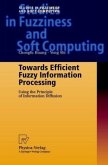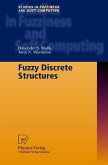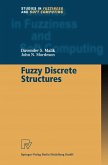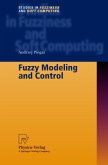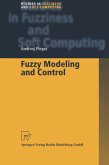The need for developing a better understanding of the behaviour of small samples by observing experiments presents a problem far beyond purely academic interest. This monograph describes the character of incomplete fuzzy information, and proposes and proves the principle of information diffusion. The focus lies in changing a traditional sample-point into a fuzzy set to partly fill the gap caused by incomplete data, so that the recognition of relationships between input and output can be improved. Part 1 examines the origins of the principle of information diffusion and describes the mathematical concepts and proofs. Topics covered include: information matrix, demonstration of information distribution, and the kernel function in terms of information diffusion. Part 2 covers applications such as earthquake engineering and risk assessment of flood, and demonstrates that the new theory is useful for studying practical cases.
When we learn from books or daily experience, we make associations and draw inferences on the basis of information that is insufficient for under standing. One example of insufficient information may be a small sample derived from observing experiments. With this perspective, the need for de veloping a better understanding of the behavior of a small sample presents a problem that is far beyond purely academic importance. During the past 15 years considerable progress has been achieved in the study of this issue in China. One distinguished result is the principle of in formation diffusion. According to this principle, it is possible to partly fill gaps caused by incomplete information by changing crisp observations into fuzzy sets so that one can improve the recognition of relationships between input and output. The principle of information diffusion has been proven suc cessful for the estimation of a probability density function. Many successful applications reflect the advantages of this new approach. It also supports an argument that fuzzy set theory can be used not only in "soft" science where some subjective adjustment is necessary, but also in "hard" science where all data are recorded.
When we learn from books or daily experience, we make associations and draw inferences on the basis of information that is insufficient for under standing. One example of insufficient information may be a small sample derived from observing experiments. With this perspective, the need for de veloping a better understanding of the behavior of a small sample presents a problem that is far beyond purely academic importance. During the past 15 years considerable progress has been achieved in the study of this issue in China. One distinguished result is the principle of in formation diffusion. According to this principle, it is possible to partly fill gaps caused by incomplete information by changing crisp observations into fuzzy sets so that one can improve the recognition of relationships between input and output. The principle of information diffusion has been proven suc cessful for the estimation of a probability density function. Many successful applications reflect the advantages of this new approach. It also supports an argument that fuzzy set theory can be used not only in "soft" science where some subjective adjustment is necessary, but also in "hard" science where all data are recorded.


